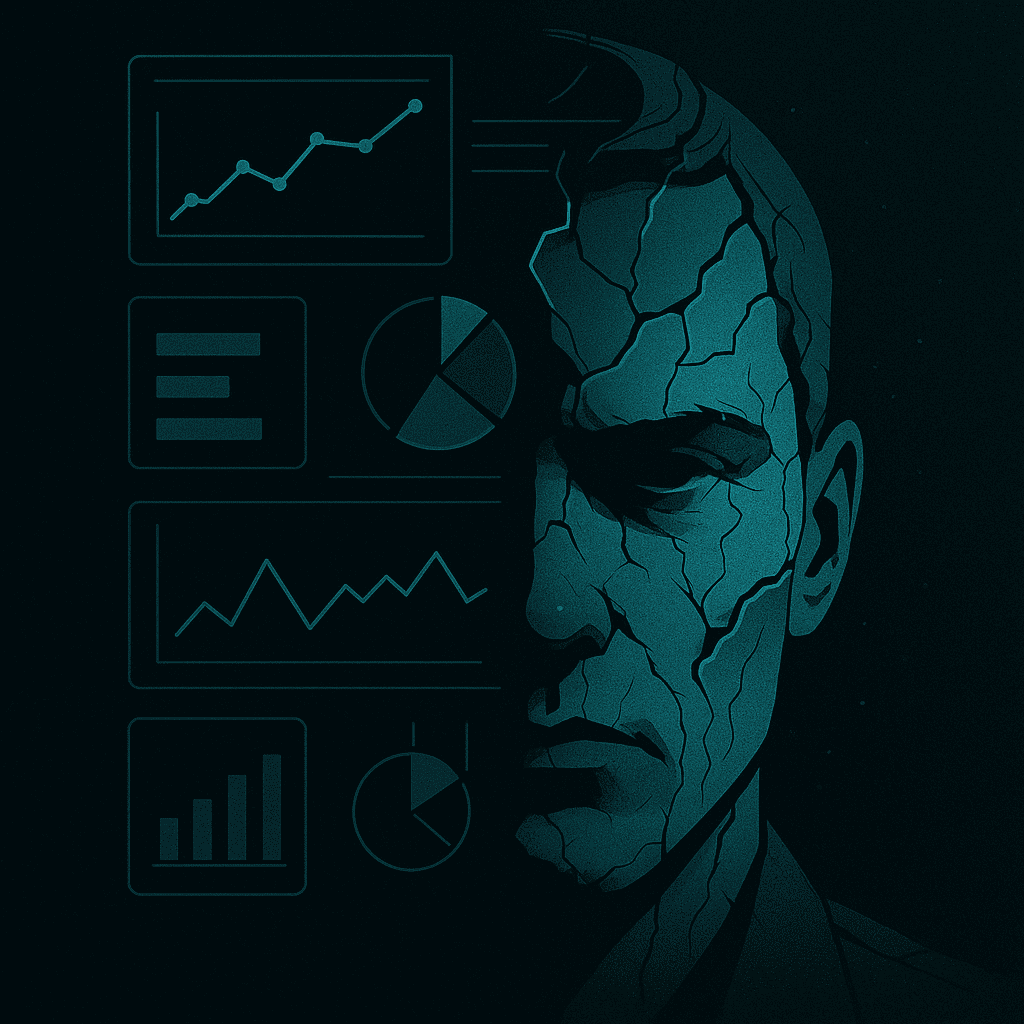The article argues that the path to AGI involves merging the linguistic intelligence of LLMs (correlation) with the causal, grounded understanding of World Models (embodied reality). True, safe intelligence requires this hybrid, modular synthesis.
The Hidden Cyber War on Wheels: Why Electric Vehicles Have Become a National Security Concern
The Kimi K2 Thinking model signals AI's evolution from fluent text to transparent agentic reasoning. Its exposed thought process and multi-step coherence solve the "black box" problem, establishing AI as an auditable partner in discovery.
It's important to understand what your future leaders need to be ready and capable - and concrete steps for current leaders to get them prepared.
Not every data-driven decision is strategic. Some are scripted. In many organizations, decision-making has turned into a theater, where metrics, dashboards, and presentations create the illusion of control while masking a deeper misalignment between insight and impact.
Credible leadership doesn’t just grow an ecosystem… it protects it. Discover how trust, alignment, and integrity act as immune responses during disruption.
Organisations must pursue strategic transformation. Thoughtful performance assessment, supported by the EFQM Model, enables agility, sustainability, and long-term success.
fragmentation. In this third article of the Awakening the Next Level series, Zen Benefiel explores how we can evolve from attention-driven platforms to “wisdom networks” that cultivate collective intelligence and coherence.
Change Leaders Harness Existing Dissatisfaction. Change leaders succeed when they channel existing dissatisfaction into coordinated action at precisely the moment when outdated structures lose their legitimacy and new possibilities emerge.
Top 10 Leadership and Management links of the week, curated by Corix Partners Founder and CEO JC Gaillard, focusing on cyber security of course, but also a large cross section of subjects including digital transformation, emerging tech, ESG governance and the future of work.
Change rarely fails because people resist. It fails because trust leaks away. This article explores the illusion of commitment, the real cost of distrust, and how leaders can plug the leaks to create change that lasts.
Product portfolio complexity and supply chain planning are inseparable. To manage one requires mastery of the other. Organisations that succeed will be those that balance customer choice with operational simplicity, applying discipline to growth strategies and harnessing technology to enhance visibi
Before you rush out to build the network you think you need, discover the one you already have.
Most salespeople don’t fail because of their customers but because they doubt themselves. This article shows why confidence and clarity matter more than clever arguments when raising prices — and how the right mindset turns a tough price talk into a moment of trust.
Autonomous AI requires a 9-level architecture for reliability. This stack moves LLMs past hallucination (RAG Levels 4/5) and into trustworthy action (Orchestration Level 3, Governance Level 8). Trustworthy AI is an engineering problem solved by a cohesive, multi-level system.
Many successful companies are not saleable or ready for the next generation because the original founders have all the knowledge "in their heads" and in their control. Does this sound like your company?
Lyzr has raised $8 million in Series A funding, led by Rocketship.vc, with participation from GFT Ventures, Accenture Ventures, Firstsource, Plug and Play, BGV, Partnership Fund for New York City, and Arka.
Change Leaders Manage Succession Transitions. Leaders of change translate vision into concrete action, strategic patience, foundational investment, human capability development, and thoughtful succession planning across generations.
Top 10 Leadership and Management links of the week, curated by Corix Partners Founder and CEO JC Gaillard, focusing on cyber security of course, but also a large cross section of subjects including digital transformation, emerging tech, ESG governance and the future of work.
At its heart, planning is the attempt to synchronise diverse and sometimes competing activities: procurement, production, logistics, and customer fulfilment.
 The Philosophical Schism in AI: Language, Causality, and the Divide Between LLMs and World Models
The Philosophical Schism in AI: Language, Causality, and the Divide Between LLMs and World Models The Hidden Cyber War on Wheels: Why Electric Vehicles Have Become a National Security Concern
The Hidden Cyber War on Wheels: Why Electric Vehicles Have Become a National Security Concern The Evolution of Artificial Intelligence: From Text Generation to Transparent Agentic Reasoning
The Evolution of Artificial Intelligence: From Text Generation to Transparent Agentic Reasoning In Order to Develop Your Future Leaders — You Need to Let Go
In Order to Develop Your Future Leaders — You Need to Let Go Decision Theaters: When Data Becomes a Disguise
Decision Theaters: When Data Becomes a Disguise